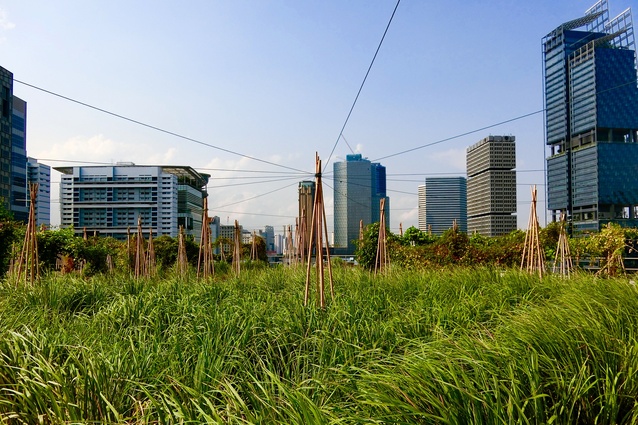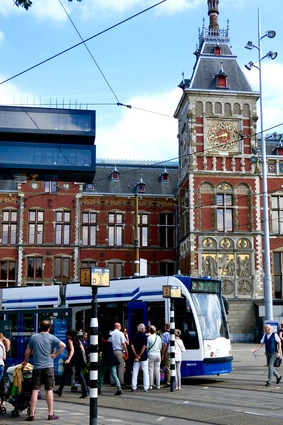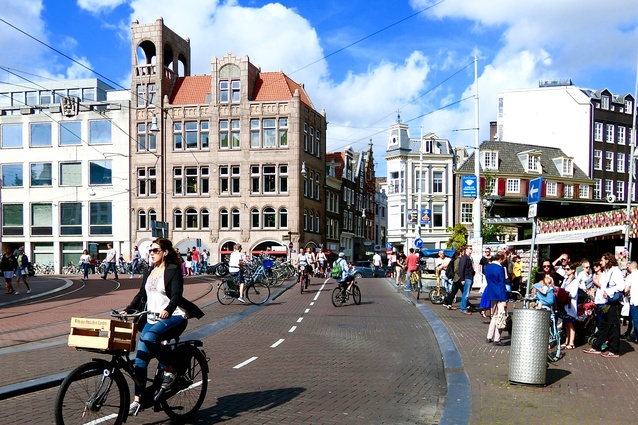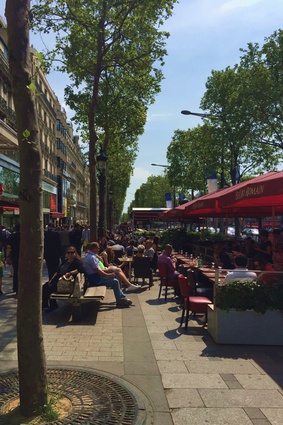Creating a city of love
Singaporean Lee Siang Tai has worked as an architect and urban planner since 1990. He was elected president of the Singapore Green Building Council in 2011 and chair of the World Green Building Council this year.
Currently in New Zealand for the 10 year anniversary celebrations of the New Zealand Green Building Council, he caught up with Amelia Melbourne-Hayward to discuss green building in Singapore and how we can encourage our cities to adopt more sustainable, forward-thinking practices.

Amelia Melbourne-Hayward: What sort of successful initiatives have Singapore introduced to reach the point where they are considered a model of green building in Asia?
Lee Siang Tai: On the environmental front, our government has placed a high emphasis on creating a garden city that is clean and green. The purposes are twofold: creating a pleasant environment that will boost investor confidence, as well as a comfortable environment for citizens. With this background, the ongoing sustainability movement is a natural follow-up, with more emphasis on energy efficiency, water efficiency and creating a healthy environment.
The most important initiative was the incorporation of the Green Building Masterplan, which sets the target of greening 80 per cent of our total building stock by 2030. This target has resulted in the legislation of Green Mark, the Singapore green building rating tool, as a mandatory requirement for all developments in Singapore.
Singapore has also adopted a sustainable triple-bottom-line approach, i.e. social, economic and environmental considerations in all its policies, especially in national development and transportation. This has resulted in the Blueprint for Sustainable Development, led by the Inter-Ministerial Committee on Sustainable Development.
AMH: What are a few examples of effective government incentives in Singapore, and the results and lessons learnt from these?
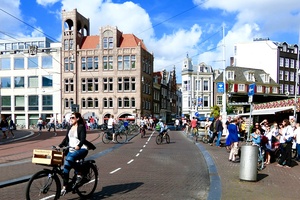
LST: The adoption of the Green Building Masterplan went through a carrot-and-stick approach. Government dished out attractive incentives both in finance and policies to encourage adoption. These included financial awards for consultants who pushed for a high green rating; additional floor areas were also granted for developers who opted for a higher green rating. Once the incentive phase was over, legislation kicked in and now green rating is mandatory for all developments. Similar approaches are now developed for existing buildings.
AMH: How can we encourage greener, more sustainable building practices in our cities across New Zealand?
LST: I have two suggestions. Firstly, teach New Zealanders the importance of loving their cities and environment. Understanding their importance will drive better behaviour. Secondly, it is paramount to make sustainability a key part of our education to the young. This will firmly reset the mindset of our next generation and shape our future.
AMH: For smaller cities that are under less immediate pressure, how do we make sustainable, forward-thinking practices the norm?
LST: No city is spared from competition and internal pressure to achieve a quality environment. There is no middle or idling ground. Therefore, cities must take proactive measures to be sustainable in order to keep their citizens happy and the environment attractive for various reasons. The first important step is to set up environmental goals – aspirational or basic. This is followed by active citizen engagement.
The fear about sustainability is always about cost. From a city point of view, costs can be managed by innovations – innovations that are affordable and context based, instead of borrowing technologies that do not always work. For example, the city of Curitiba in Brazil developed a bus rapid transit system when it could not afford the usual mass rail transit system. This system costs significantly less and is now widely adopted in many developing economies.
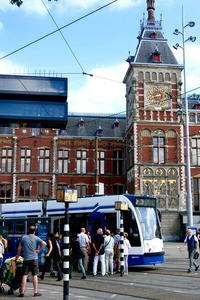
AMH: In your book Cities of Love: Roadmap for Sustaining Future Cities, one chapter focuses on ‘Less Car City’. This is extremely pertinent to car-dependant Auckland, as we are currently trying to become more pedestrian and cycle-friendly while also struggling to cope with a quickly growing population. What have you learnt through your research that could inform and improve our situation here?
LST: There is a need to get to the root of the problem. The root of the car-congestion problem does not lie in insufficient road infrastructure. There is a need to question the wisdom of unnecessary movement within the 24-hour cycle. This is largely due to traditional land-use planning that tried to separate incompatible uses. However, technology has made it possible for new thinking to minimise and avoid loading our road network.
Partial home-schooling, working from home and better urban planning to create walkable communities are just some examples to reduce movement and wasted time. Once our roads are freed up, public transportation should be increased significantly to encourage people to change the transportation mode they use.
The other important factor to consider is to make housing affordable through higher density and high-rise developments that integrate with the landscape. New mixed-use developments that incorporate places to live, work and play will reduce urban sprawl and increase efficiency and productivity in land use. This will again minimise our dependence on the car.
AMH: What are some changes and focus areas you are going to introduce into your new position as chair of the World Green Building Council?

LST: The main focus area is to quickly increase the number of Established Members, as well as the overall membership number to 100 in two years. This is necessary to provide critical mass and shape the movement to increase its influence. Of these, the most urgent area of attention is on the Africa and MENA (Middle East and North Africa) Network.
AMH: Lastly, what can architects do to improve our built environment and ensure that we “collectively shape our cities rather than be shaped by them”, as you mention in Cities of Love?
LST: Architects are visionaries who are able to conceptualise new and innovative solutions. We should free up their minds from traditional approaches and encourage new ideas to flourish. Government could form a think-tank of architects and urban planners to create a new vision for cities that are sustainable and affordable. This requires courage and boldness.
Existing cities today are currently on a path of increasing emissions and small, incremental improvements. We need a quantum leap! The only way to achieve this is to involve citizens to collectively change our cities. For too long, people have not been engaged in the discussions about the future of their cities. This must change!

